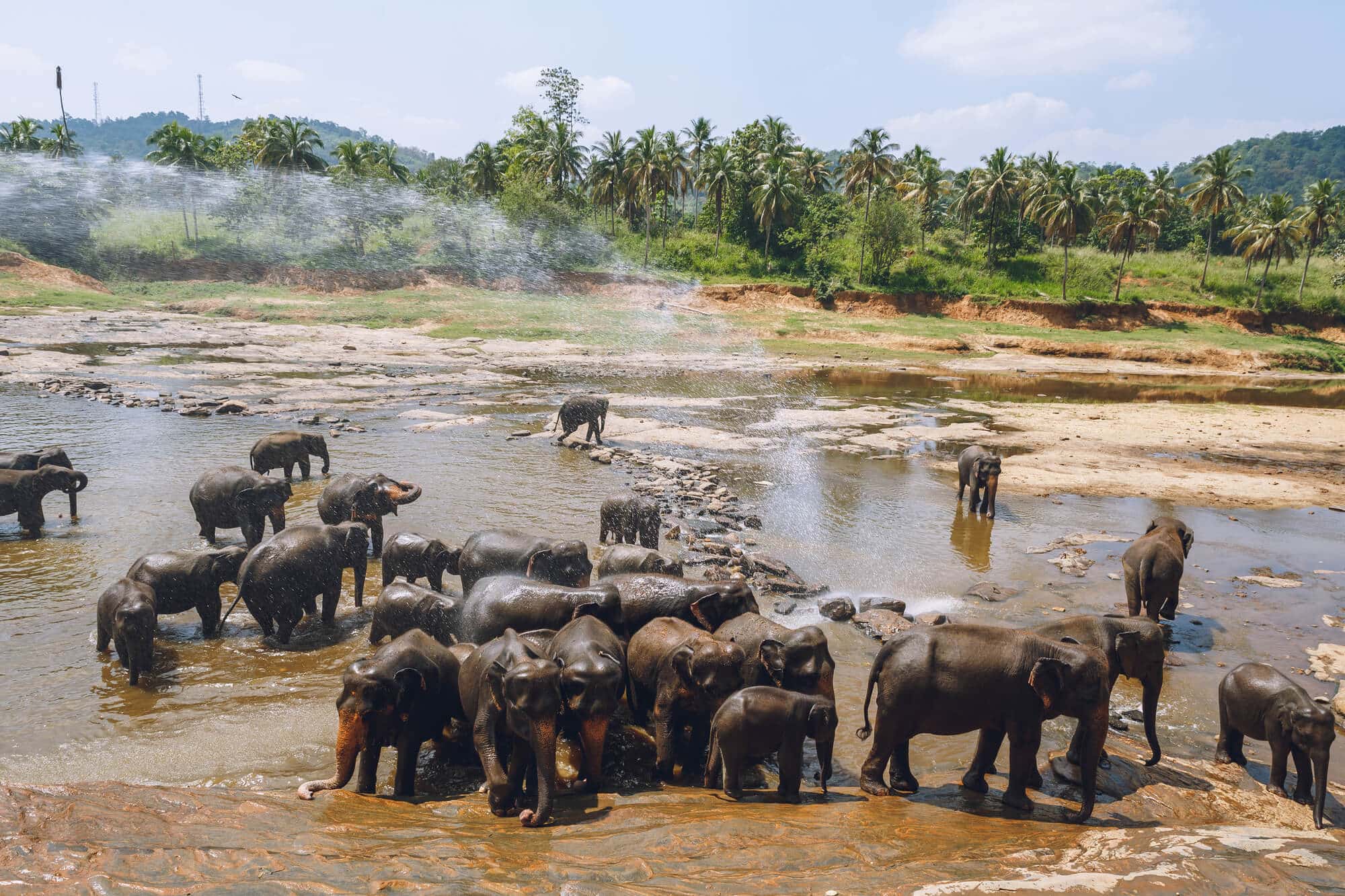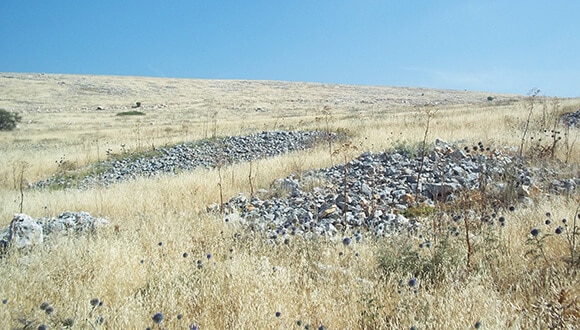Why did the ancient man return again and again, over hundreds of thousands of years, to the same quarry sites? It turns out that the secret lies in the migration routes of the elephants

Archaeologists from Tel Aviv University have found a solution to a historical mystery: Why, over hundreds of thousands of years, in the Paleolithic prehistoric period, did Homo erectus return and visit the same flint quarrying and chipping sites time and time again? The solution was recently discovered as part of a study led by Dr. Meir Finkel and Prof. Ran Barkai From the Department of Archeology and Ancient Near Eastern Cultures at the Lester and Sally Antin Faculty of Humanities, which was published in the journal Archaeologies. Surprisingly, the answer lies precisely in the migration routes of the elephants, which humans hunted using flint tools made at the quarrying and chipping sites.

Prof. Ran Barkai explains: "Ancient humans needed three things: water, food and stone. The first two - every living creature needs, and man needed the third due to sharp claws or fangs like other predators. to hunt and butcher the animals. The question is why we find rock outcrops that were used to produce flint surrounded by thousands of stone tools, and next to them rock outcrops with flint that was not used for the production of stone tools. A study of indigenous groups that lived until recently, and some of them are still alive today, shows that hunter-gatherers see great importance in the source of the stone, the quarry itself, and attribute power and holiness to the site, hence religious worship. People actually make pilgrimages to such a site, for generations upon generations, and leave offerings to the rock outcrop - all this while sometimes another rock outcrop is found next to it, from which it is also possible to produce stone tools, but which no one has touched. We wanted to understand why, what is special about these sites."
How did the migration routes of the elephants affect the location of the prehistoric quarry sites?
For nearly 20 years, Prof. Barkai and his colleagues have been researching flint quarrying and chipping sites in the Upper Galilee, where large blocks of flint convenient for chipping are scattered within walking distance of the Paleolithic sites of the Hula Valley - Gesher Bnot Ya'akov and Mayan Baruch. Although flint appears in other geological formations in many other places, precisely in these sites there are thousands of flint quarrying and chipping centers, where until half a million years ago, in the Lower Paleolithic period, the ancient man produced flint tools and even left traces in the soil.

After the researchers from Tel Aviv University cross-referenced the database of the distribution of the quarrying sites with the database on the movement routes of the elephants, it was discovered that the quarrying and chipping sites of the flint were located in rock outcrops close to the axes of movement of the elephants.
Dr. Finkel explains: "An elephant consumes 400 liters of water a day on average, so it has fixed movement paths. These are animals that depend on a daily supply of water, and therefore on water sources - the banks of lakes, rivers and streams. In many cases we find elephant hunting sites in 'necessary passes' - when a stream or river passes through a steep mountain pass, or when a movement path along the shore of a lake is limited to the space between the shore of the lake and a mountain range. At the same time, in the absence of available means of preservation and given that there were predatory animals in the area, the time available to a group of small hunters to exhaust the hunted elephant was not long, therefore it was necessary to prepare suitable cutting tools in large quantities in advance and nearby. For this reason, we find quarrying and chipping sites in the Upper Galilee a short distance from elephant butchering sites, which sit on the routes of elephant movement."
In the final phase of the research, the researchers compared the research findings from Israel to several sites from the Lower Paleolithic period located in Asia, Europe and Africa, where the "trinity" between water, elephants and humans also exists. The test was done both at sites where the hunted animal was an elephant or mammoth, and at later sites where the hunted animal was different from an elephant (hippopotamus, camels and horses).
"It seems that the paleolithic holy trinity is universally true: wherever there was water there were elephants, and wherever there were elephants - humans had to find suitable rock outcrops and within them they created quarry sites and chipped stone tools in order to hunt and dismember them," adds Prof. Barkai . "It was a tradition: for hundreds of thousands of years the elephants wandered along the same route and the humans lit stones at the same site, not far away. Finally, the elephants became extinct, and the world changed forever."
More of the topic in Hayadan:
